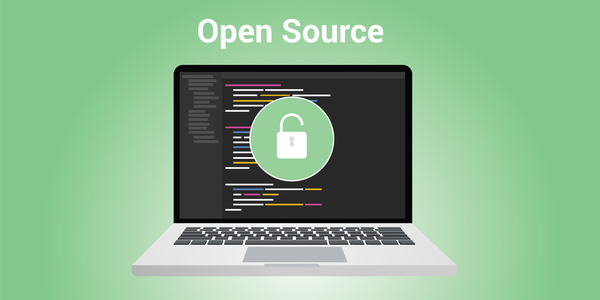1. Know Your Disparate Data Sources
Ask yourself what sources of data are important for your analysis. If the information being analyzed is only tangentially related to the topic at hand, cast it aside. Instead, use only sources that are absolutely relevant.
2. Choose Method of Analytics and Set Goals
Your analysis will be useless if it is not clear what the end result should be. What sort of answer do you need–a quantity, trend or something else? Use results in a predictive analytics engine before they undergo segmentation and integration into the business’ information store.
3. Evaluate Your Technology Stack
Evaluate your technology stack against the final requirements. Then set up the project’s information architecture. Factors important to choosing data storage and retrieval often depend on scalability, volume, variety and philosophy requirements.
4. Real-Time Access Is Crucial
Real-time access has become especially important for e-commerce companies so they can provide real-time quotes. This requires tracking real-time activities and providing offerings based on the results of a predictive analytic engine. It’s also crucial for ingesting social media information. The technology platform you choose must ensure that no data is lost in a real-time stream.
5. Data Lakes Before Data Warehouses
With the advent of big data, storing information in a data lake in its native format has become more useful. It preserves metadata and anything else that might assist in analysis.
6. Prepare Data for Storage
While keeping the original file, clean up a copy. With any text file, for example, noise or shorthand can obscure valuable information. It’s good practice to cleanse noise such as white spaces and symbols, while converting informal text in strings to formal language.
7. Ontology Evaluation
Through analysis you can create relationships among the sources and extracted entities so that you can design a structured database to specifications. This can take time, but the insights may be worth it.
8. Retrieve Useful Information
Through natural language processing and semantic analysis, you can use parts-of-speech tagging to extract named entities, such as “person,” “organization,” “location,” and their relationships. Then you can create a term frequency matrix to understand the word pattern and flow in the text.
9. Statistical Modeling and Execution
Once you have created the database, classify and segment the data. Supervised and unsupervised machine learning, such as K-means, Logistic Regression, Naïve Bayes and Support Vector Machine algorithms, can save time. Use these tools to find similarities in customer behavior, targeting for a campaign and overall document classification.
10. Disposition of Customers
You can determine customers’ disposition with sentiment analysis of reviews and feedback. That helps understand future product recommendations, guide introductions of new products and services, and overall trends.
11. Analyze Most Relevant Customer Topics
The most relevant topics discussed by customers can be analyzed with temporal modeling techniques that extract the topics or events customers share via social media, feedback forms and any other platform.
12. Visualize Your Analysis
Provide answers to the analysis in a tabular and graphical format. To ensure that the information is actionable and that the intended parties can access and use it, render it for viewing on a handheld device or Web-based tool. That way, the user can make recommendations in real-time, or on a near real-time basis.

Salil is a former Happiest Mind and this content was created and published during his tenure.






